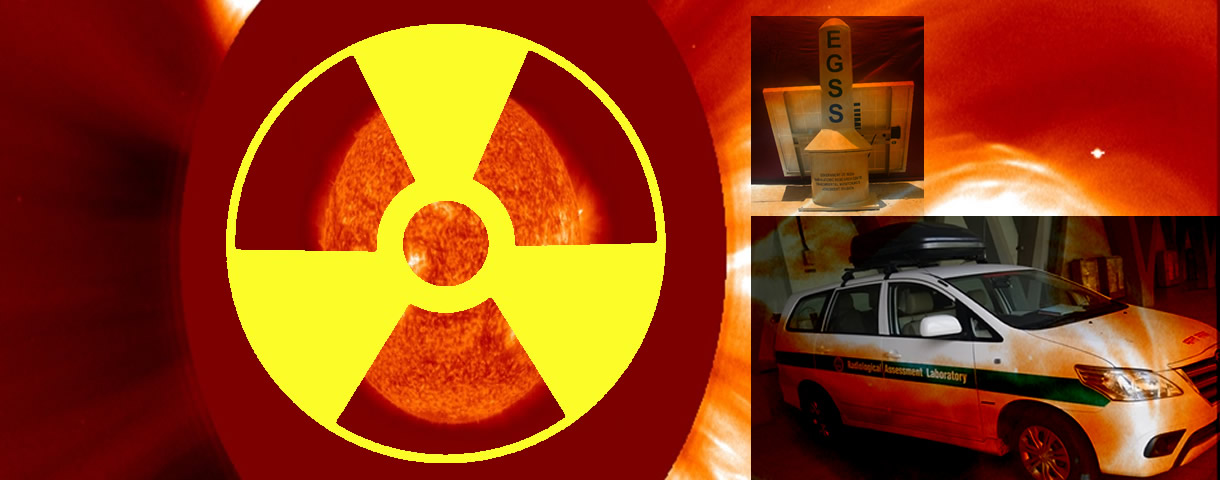


Measurement of radiation and other pollutants, often extending upto 30 km around nuclear facilities, forms the most important component of environmental monitoring programme. Environmental Survey Laboratories (ESLs) equipped with sophisticated Gamma Spectrometers and Tritium counters to detect extremely low-levels of radioactivity, are established for constant monitoring to ensure safety of personnel associated with nuclear facilities and people at large. Protection of environment and the compliance of the radiation exposure limits set by Atomic Energy Regulatory Board (AERB) are other objectives of this programme.
Environmental monitoring begins several years before the construction of the nuclear facility to assess the radioactivity from natural sources and that after the nuclear facility goes operational.
The ESLs collect data on the radioactivity from natural sources such as Uranium, Thorium, Potassium (K-40) present in the environment in addition to Concentration of Radionuclides such as Sr-90 and Cs-137 released into the environment from nuclear tests (called global weapon fall-out). Radioactivity is regularly monitored in (i) samples of drinking water, air and local dietary items to estimate the dose received by the members of the public and (ii) samples of weeds, sediment, soil, grass, etc., which have a tendency to accumulate specific radionuclides. ESLs also monitor the quality of drinking water and sewage effluents as required by the pollution control board. As shown in the graphic, the average radiation dose received by the members of the public living around different nuclear facilities is far below the AERB limit of 1000 micro-Sv/year and negligible compared to dose of 2400 micro Sv/y received from natural sources.
All the ESLs are equipped with sophisticated nuclear instruments to detect extremely low-levels of radioactivity in the environmental matrices. These instruments include Gamma Spectrometers, Tritium counting units and whole body radioactivity counters. In addition to carrying out radioactivity measurements, the ESLs also carry out assessment of drinking water quality and sewage effluent monitoring as per the requirements of the pollution control board. To ensure the quality of data generated, the ESLs routinely participate in various quality assurance programmes conducted by international bodies such as International Atomic Energy Agency (IAEA). Inter-comparison exercises for measurements pertaining to various instruments are also carried out at the national level.
Experience of extensive environmental monitoring in the vicinity of nuclear power plants for the last several years (as seen in the figure below) has shown that the doses to the members of the public are far below the AERB limit of 1000 micro-Sv/year and negligible compared to dose received from natural sources which is about 2400 micro Sv/y. In view of this, no concern from the point of view of health risks to the general public arises.